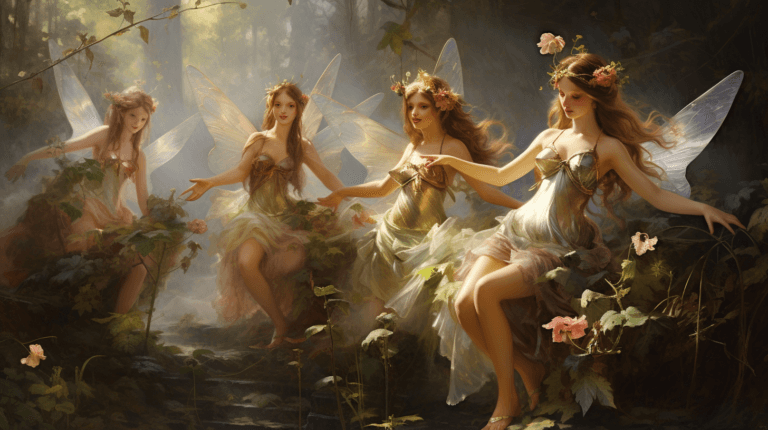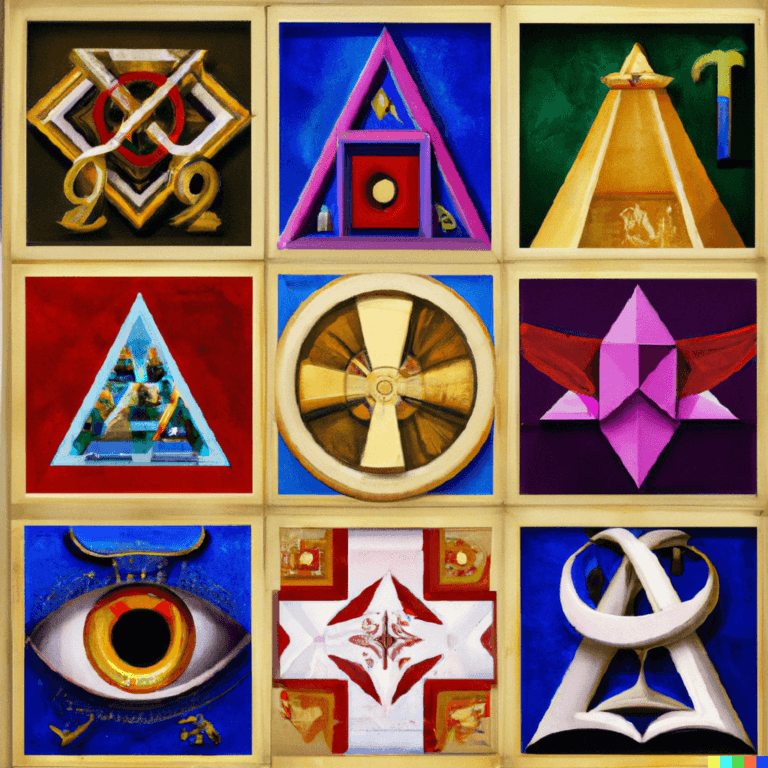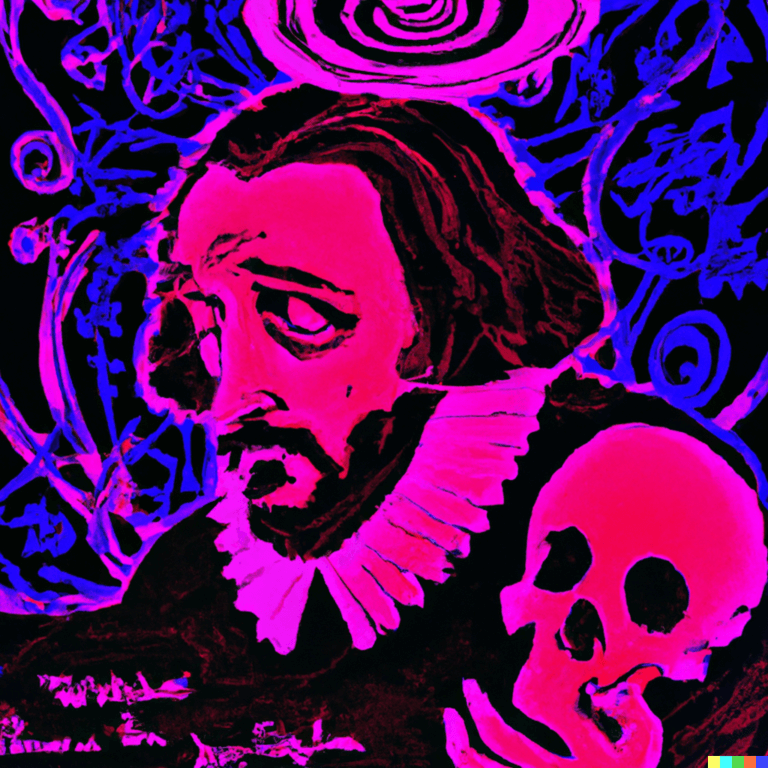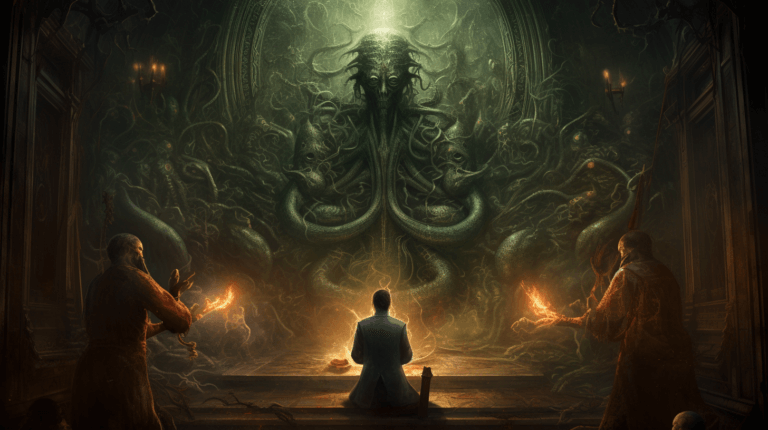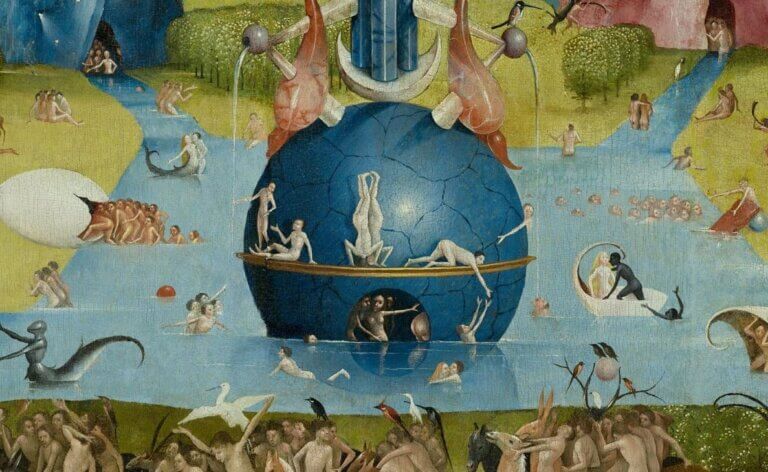Unveiling the Alchemy Symbolism in Alice in Wonderland
Introduction to Alice:
Lewis Carroll’s timeless masterpiece, “Alice’s Adventures in Wonderland,” has mesmerized readers with its fantastical characters and whimsical settings. Yet, beneath the surface lies a captivating web of symbolism, drawing inspiration from the mysterious world of alchemy. In this article, we delve into the intriguing alchemical symbols woven within the narrative, shedding light on the profound meanings and philosophical underpinnings of Alice’s extraordinary journey.
The Alchemical Transformation:
At its core, alchemy is an ancient practice of transforming base materials into precious substances, symbolizing spiritual growth and self-realization. Alice’s adventure mirrors this transformative journey, as she descends into Wonderland and confronts her fears, doubts, and desires. Through encounters with eccentric characters and surreal situations, Alice undergoes a profound inner metamorphosis.

The Rabbit Hole: A Portal to the Unknown:
The act of falling down the rabbit hole mirrors alchemical symbolism, representing the descent into the depths of the unconscious mind. This descent parallels the alchemist’s journey into the obscure abyss, as Alice willingly explores the hidden recesses of her mind and embraces the transformative process.
The Caterpillar and the Philosopher’s Stone:
Alice’s encounter with the enigmatic Caterpillar alludes to the alchemical concept of the Philosopher’s Stone. The Caterpillar, perched on a mushroom, symbolizes the wise alchemical figure possessing secret knowledge of transmutation. The mushroom itself represents the Philosopher’s Stone, believed to possess the power of transmuting base metals into gold and bestowing eternal life. Through her interactions with the Caterpillar, Alice gains wisdom and insight, essential steps on the alchemical path.

The Cheshire Cat: Integration of Opposites:
The grinning Cheshire Cat embodies the alchemical notion of the union of opposites. With its cryptic remarks and ability to appear and disappear at will, the cat symbolizes the alchemical process of integrating opposing forces. Alice’s journey towards self-discovery mirrors this process, as she learns to navigate the contrasting aspects of her own personality and seek balance.
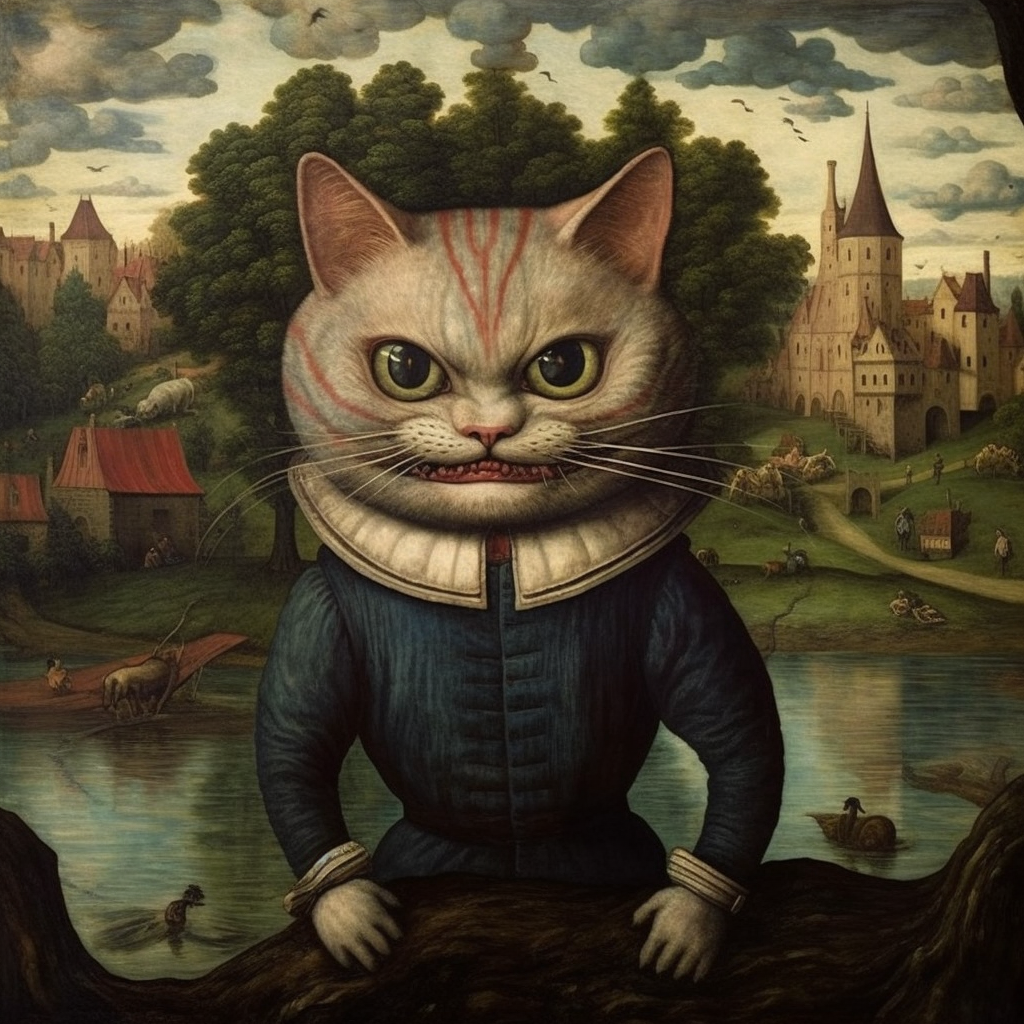
The Red Queen:
Purification and Transmutation: The tyrannical Red Queen serves as a metaphor for the alchemical process of purification. Alchemists believed that through purification, impurities in base materials could be eliminated, leading to their transformation. Similarly, Alice’s encounters with the Red Queen symbolize the challenges and trials she must overcome in her pursuit of self-realization, ultimately resulting in her personal transmutation.

The Mad Hatter:
The Alchemical Quest for Balance: The Mad Hatter, with his eccentric behavior and preoccupation with time, embodies the alchemical pursuit of equilibrium. Time in alchemy represents the need to balance opposing forces for transformation. The perpetual 6 o’clock tea party of the Mad Hatter symbolizes the alchemical concept of eternity, where the cyclical nature of time represents the eternal quest for balance.

The White Rabbit:
Symbol of the Magnum Opus The White Rabbit, with his hurried demeanor and obsession with time, represents the alchemical concept of the Magnum Opus, also known as the Great Work. In alchemy, the Magnum Opus refers to the transformative process of achieving spiritual and personal perfection. The White Rabbit’s constant state of anxiety and his need to keep a strict schedule symbolize the alchemist’s dedication and discipline in pursuing this grand endeavor. Alice’s pursuit of the White Rabbit throughout Wonderland mirrors the alchemist’s relentless pursuit of the Magnum Opus, as she seeks enlightenment and a deeper understanding of herself and the world around her.
Conclusion:
“Alice’s Adventures in Wonderland” transcends its whimsical façade, concealing a profound tapestry of alchemical symbolism. Lewis Carroll skillfully weaves these symbols throughout the narrative, inviting readers to embark on a journey of self-discovery and transformation alongside Alice. Through the rabbit hole, encounters with the Caterpillar, the enigmatic Cheshire Cat, the oppressive Red Queen, and the eccentric Mad Hatter, Carroll prompts us to contemplate the depths of our own personal metamorphosis and the quest for enlightenment.

Alice in Wonderland art in the style of Hieronymus Bosch by Izabael.


